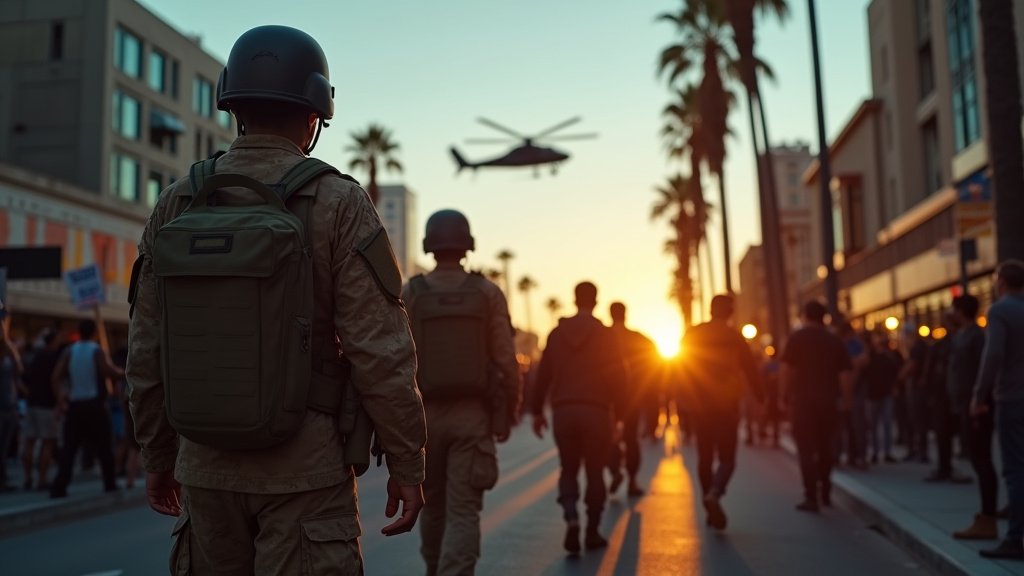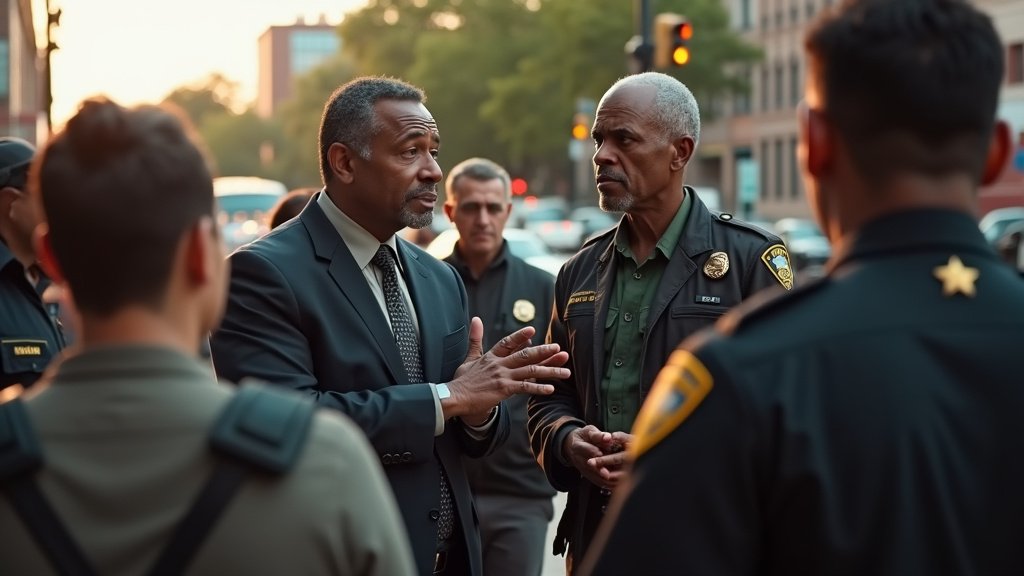The Pentagon has ordered the withdrawal of 2,000 National Guard troops from Los Angeles, marking a significant reduction in the federal presence in the city following weeks of protests and immigration raids. This decision, announced on July 16, 2025, represents a scaling back of approximately half the federal troops initially deployed, according to a news article [9].
Troop Deployment and Initial Justification
The initial deployment of approximately 4,000 National Guard troops and 700 Marines to Los Angeles occurred in early June, as ordered by President Donald Trump. The primary stated objective of the federal presence was to assist with federal immigration raids, which were met with widespread public demonstrations [9]. The Trump administration asserted that the withdrawal was a direct result of the subsiding of lawlessness within Los Angeles [9].
Operation and Arrests
The Department of Homeland Security figures, as cited by NBC Los Angeles, indicated that the federal raids led to the arrest of 2,792 undocumented immigrants [9]. Federal troops were authorized to detain individuals deemed a threat to federal personnel or property, but only until local police could take custody [9].
Perspectives on the Withdrawal
Mayor Karen Bass described the withdrawal as a strategic retreat, attributing it to the effectiveness of peaceful protests and legal actions against the federal presence [9]. This sentiment highlights the political tensions surrounding the deployment and subsequent drawdown of troops.
California’s Democratic Governor Gavin Newsom voiced concerns regarding the remaining federalized troops in Los Angeles, stating that thousands remain in the city for “no reason” and are unable to perform critical duties across the state [9]. Newsom’s statement underscores the ongoing political friction and the potential for these troops to be redeployed to assist with essential services. The withdrawal of the 2,000 troops, therefore, provides a crucial lens through which to view the evolving dynamics between federal and local government in the state.
The original order by President Trump sparked significant controversy and legal challenges from local officials and civil rights groups, with claims of overreach of federal authority [9]. The protests and legal actions led to public attention on the use of federal troops for immigration enforcement and the impacts on the local community.
The federal troops, when deployed, were tasked with supporting a series of immigration enforcement operations conducted by federal agencies like Immigration and Customs Enforcement (ICE) [9]. These operations, which targeted individuals suspected of residing in the country illegally, were met with resistance from community members who feared potential abuses of power [9].
The Role of Secretary of Defense
The decision to withdraw a significant portion of the National Guard troops was made by Secretary of Defense Pete Hegseth. This action underscores the Pentagon’s oversight of the operation and reflects a reassessment of the situation on the ground. His directive to remove these troops, therefore, is a major policy shift and a clear indication of evolving federal strategy in the region.
The rationale behind the troop withdrawal and the corresponding political responses highlight the intersection of immigration policy, law enforcement, and local politics. The events unfolding in Los Angeles serve as a case study of how federal and local governments interact in high-stakes situations.
The ongoing presence of federal troops, even after the withdrawal, raises questions about the balance of power between federal and local authorities. The role of the remaining federalized troops and how they will be utilized will be key in the upcoming months.
In conclusion, the drawdown of National Guard troops from Los Angeles is a pivotal event, reflecting both policy shifts and the impact of local opposition to federal actions. The consequences of this withdrawal will likely continue to be felt for months to come, underscoring the complex interplay between federal agencies, local governance, and the community at large.






